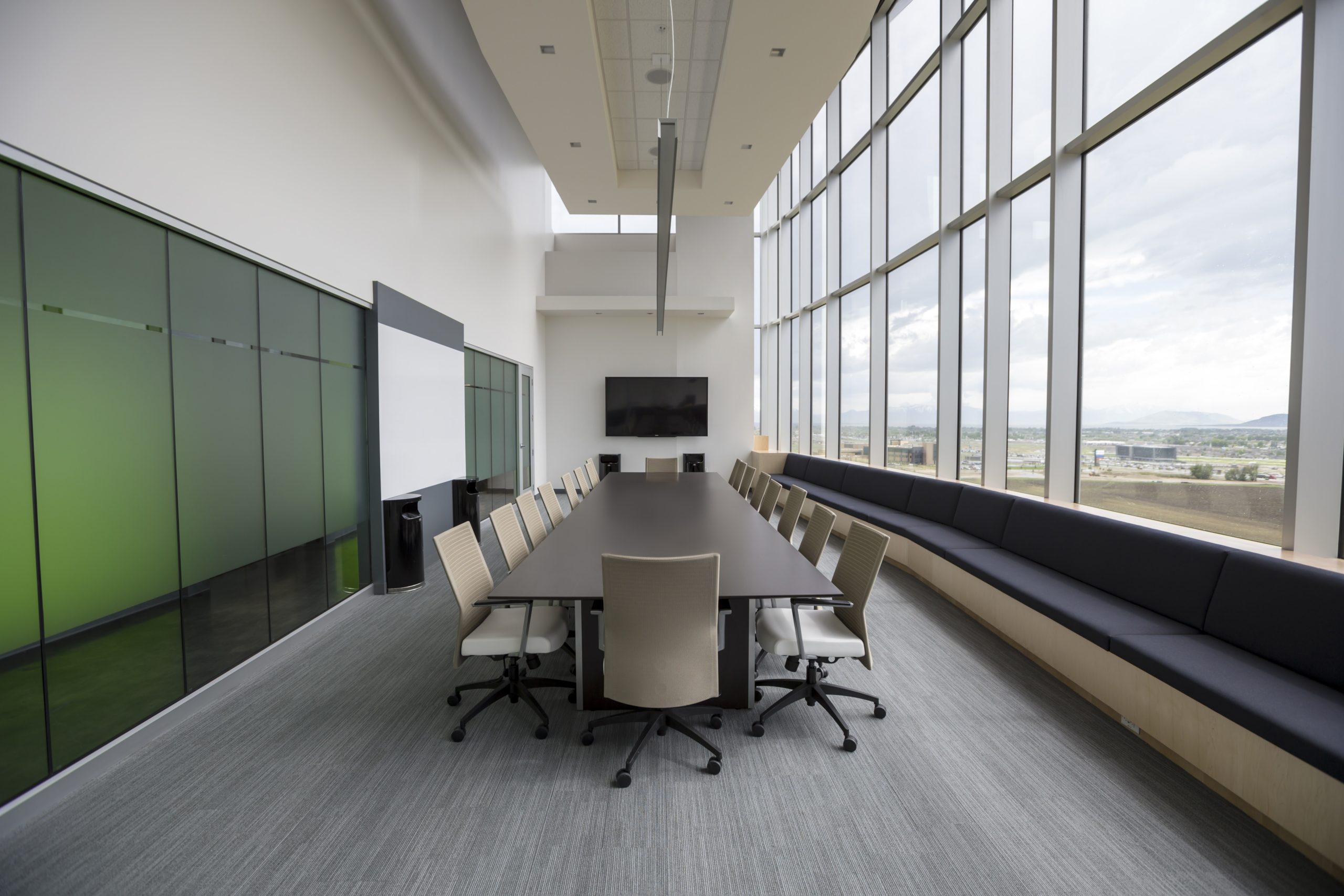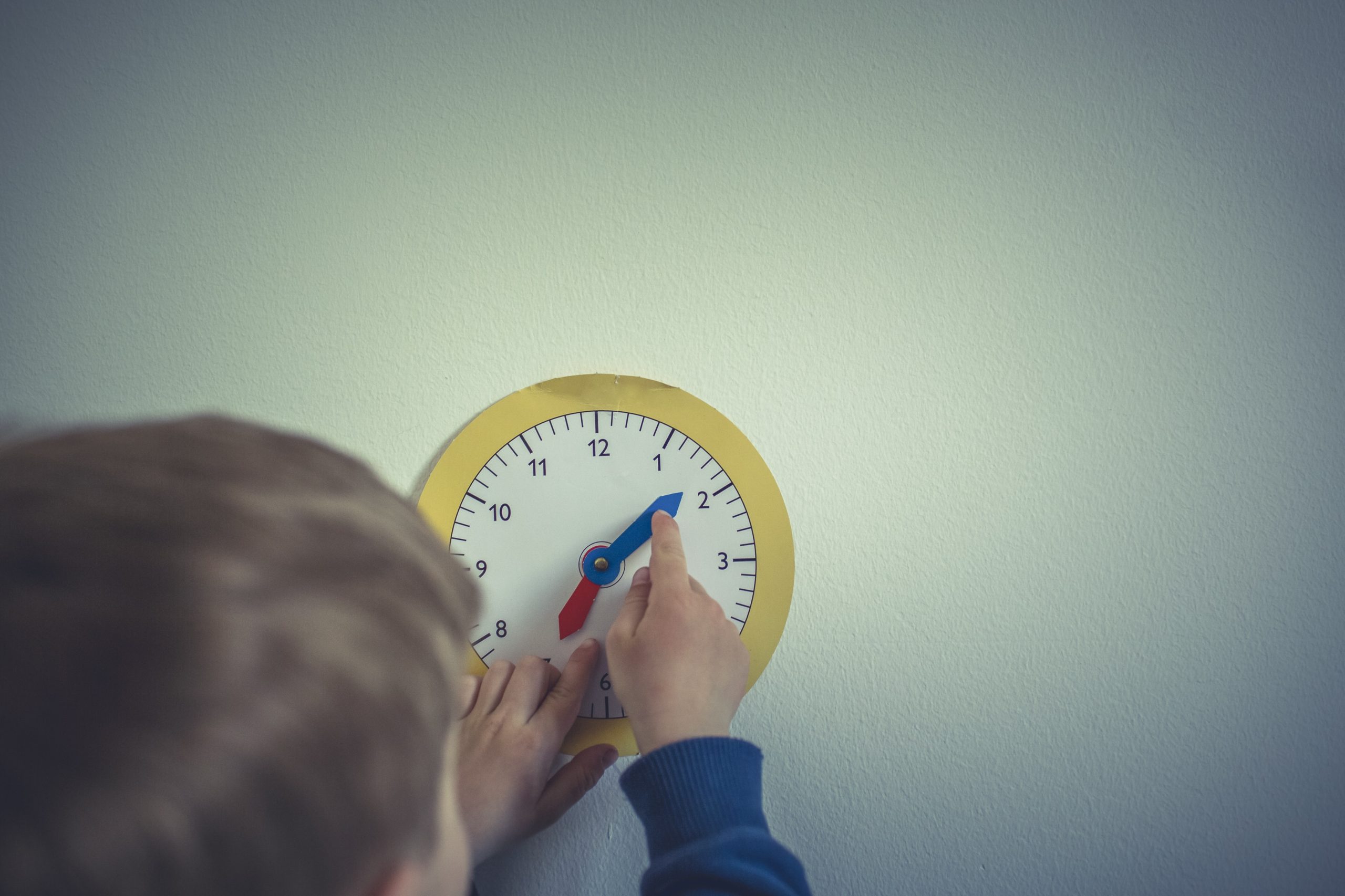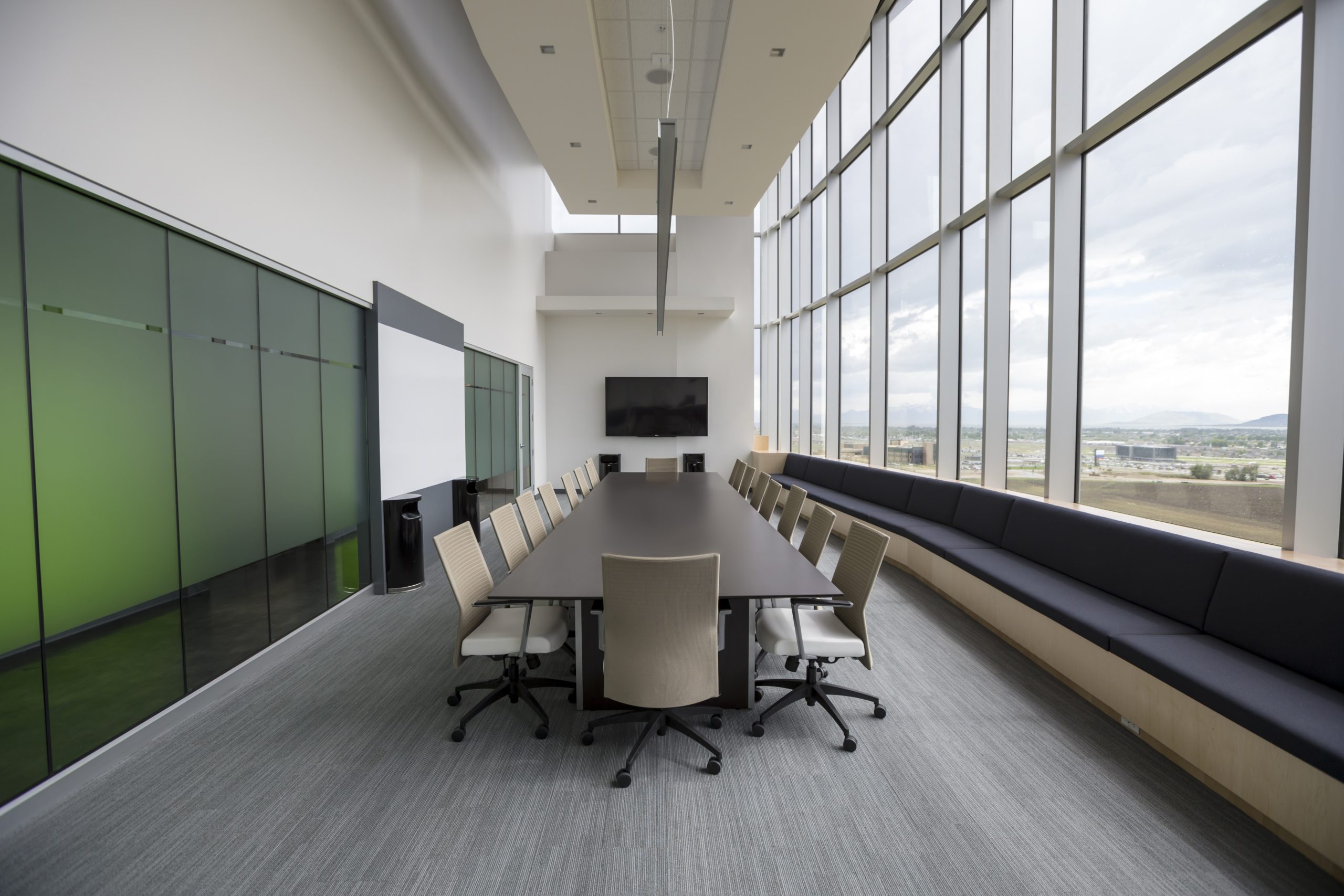If you’ve been thinking about starting your own podcast, one of the most important things you’ll need to learn is how to set up podcast gear in a room. Whether you’re a beginner or an experienced podcaster, having the right equipment and knowing how to properly set it up can make a world of difference in the quality of your recordings. In this article, we’ll explore the top three reasons why learning how to set up podcast gear in a room is crucial for any aspiring podcaster. From selecting the right microphone to understanding the importance of acoustics, we’ll cover everything you need to know to create professional-sounding podcasts. So, let’s jump right in and explore the world of podcasting gear setup!
Understanding the Importance of Podcast Setup
Podcasting has become an increasingly popular platform for sharing knowledge, stories, and entertainment. Many individuals and businesses have taken advantage of this medium to connect with their audience and establish their brand. However, one crucial aspect that often gets overlooked is the podcast setup. Whether you are new to podcasting or a seasoned pro, understanding the importance of a properly set up podcast gear is essential. Let’s dive into the key reasons why investing time and effort into your podcast setup is vital for producing high-quality audio.
Reason 1: Increased Audio Quality and Clarity
When it comes to podcasts, audio quality is paramount. Poorly recorded audio can be distracting and off-putting to listeners, leading to a decrease in engagement and a negative impact on your brand reputation. A well-designed podcast setup ensures that your audio is crystal clear, free from background noise, and captures the nuances of your voice.
One of the primary factors that affect audio quality is the room setup. The acoustic properties of a room can either enhance or detract from the audio clarity. Rooms with excessive echo and reverberation can make your audio sound muddy and unprofessional. To combat this, consider using acoustic treatments like foam panels, bass traps, and diffusers to optimize the sound in your recording space.
In addition to room setup, the choice of podcasting microphones plays a crucial role in capturing high-quality audio. Popular options among podcasters include brands like Shure, Rode, and Audio-Technica, which offer a range of microphones suitable for various recording environments and budgets. Choosing the right microphone for your podcasting needs ensures that your voice is captured accurately and with minimal interference.

Understanding the Podcast Gear
To achieve professional-grade audio, it is important to have a solid understanding of the podcast gear available on the market. A typical podcast setup consists of several key components, each with its own unique purpose and functionality.
Microphones are undoubtedly the most essential piece of podcasting gear. They come in various types, including dynamic, condenser, and ribbon microphones, each with its own strengths and recommended applications. Understanding the characteristics of different microphones allows you to select the one that best suits your recording style and environment.
Audio interfaces or mixers are also an integral part of the podcast setup. These devices serve as the bridge between your microphones and the recording device, converting analog audio signals into digital formats. Audio interfaces come in different configurations, offering varying numbers of input channels and additional features like preamps and onboard effects. Mixers, on the other hand, provide more control and flexibility in adjusting audio levels and adding effects during live recordings.
Other podcast gear includes headphones, studio monitors, and accessories like pop filters, microphone stands, and cables. Each of these components contributes to the overall podcasting experience, allowing you to monitor and fine-tune your audio accurately.
Reason 2: Cost-Effectiveness
While it may seem tempting to rely on professional podcast setup services, learning to set up your own gear can offer significant cost savings in the long run. Hiring a professional setup can be expensive, especially if you are new to podcasting and experimenting with different equipment and techniques.
By acquiring the knowledge and skills to set up your podcast gear, you can save money that would otherwise be spent on professional services. Additionally, being familiar with your equipment enables you to troubleshoot common issues that may arise during recordings, reducing the need for external assistance.
There are also cost-effective options available for those on a tighter budget. The Behringer Xenyx X1204USB Premium 12-Input Mixer, for example, is a popular choice among podcasters due to its affordability and functionality. It offers essential features like multiple inputs, EQ controls, and USB connectivity, making it a versatile tool for podcast production.

Essential Podcast Gear and Setup
Before you embark on your podcasting journey, it’s crucial to familiarize yourself with the essential equipment needed to set up a podcast in a room. One of the most popular microphones for podcasting is the Blue Yeti Microphone, known for its excellent audio quality and ease of use. Paired with a reliable audio interface like the Focusrite Scarlett, you can ensure optimal audio capture and processing.
When setting up your podcast gear, it’s important to consider microphone placement, room acoustics, and proper cable management. Experimenting with different microphone positions can help you find the sweet spot that captures your voice clearly while minimizing background noise. Implementing acoustic treatments, such as foam panels and bass traps, can greatly improve the sound quality in your recording space. Additionally, organizing and securing cables helps reduce interference and keeps your setup tidy.
Reason 3: Total Control Over Your Podcast Setup
Having total control over your podcast setup offers numerous advantages that can enhance your recording experience and overall podcast quality. When you learn how to set up your own gear, you gain the flexibility to adjust and fine-tune your equipment based on your specific recording needs. This includes setting optimal audio levels, choosing the right microphone for each guest, and experimenting with different effects and processing techniques.
Furthermore, personalizing your room setup allows you to create an environment that optimizes the podcast experience for both you and your listeners. Adding personal touches like comfortable seating, soundproofing, and visually appealing elements can contribute to a more engaging and enjoyable podcasting experience.
Insights on Podcasting Software
While podcast gear is crucial for capturing high-quality audio, the role of software in podcasting should not be underestimated. Podcasting software provides the tools necessary for editing, mixing, and mastering your recorded audio.
Adobe Audition Podcasting Software and Audacity Audio Editor and Recorder are two popular choices among podcasters. Adobe Audition offers a comprehensive suite of editing tools, including noise reduction, equalization, and multi-track mixing, enabling you to achieve a polished and professional sound. Audacity, on the other hand, is a free and open-source software that provides basic editing functionality, making it accessible for beginners or those on a tight budget.
Additionally, Auphonic is a useful service that offers cloud-based audio post-production automation. It streamlines the podcast production process by automatically adjusting levels, removing noise, and encoding the final audio files.
Importance of Studio Monitors and Headphones
Studio monitors are essential for accurately monitoring and evaluating your podcast audio. KRK ROKIT 5 G4 Studio Monitors are popular choices among podcasters due to their precision and clarity. These monitors allow you to hear your audio with high fidelity, enabling you to make informed decisions regarding mixing, EQ adjustments, and overall sound quality.
Furthermore, headphones play a crucial role in podcasting. They allow you to monitor your audio closely, detect any imperfections or background noise, and ensure a balanced mix. Headphones like AKG K240 Studio Semi-Open Over-Ear Professional Studio Headphones or Sony provide accurate sound reproduction, revealing minute details that may go unnoticed with regular headphones.
Exploring Other Necessary Podcast Equipment
In addition to the essential podcast gear mentioned earlier, there are other equipment and accessories that can further enhance your podcast setup.
Cloud microphones offer a convenient and portable option for recording on the go. These USB microphones are easy to set up and eliminate the need for an audio interface or mixer, making them ideal for beginners or podcasters who frequently travel.
Elgato, a well-known brand in the streaming industry, offers products like capture cards and streaming equipment that can be integrated into your podcast setup. These devices allow you to add visual elements to your podcast, such as video segments or live streaming, expanding your reach and engaging with your audience in new ways.
Additionally, investing in a Neewer Professional Studio Recording Microphone Isolation Shield can significantly improve the sound quality of your recordings. This isolation shield helps reduce unwanted reflections and reverberations, resulting in cleaner and more focused audio.
Good mixers, such as Mackie and Yamaha, are worth considering if you require more advanced control over your audio. These mixers offer additional features like multiple channels, built-in effects, and advanced routing options, allowing you to tailor your sound to your specific podcasting needs.
Conclusion: The Rewards of Learning Podcast Gear Setup
Mastering the art of podcast gear setup comes with numerous rewards that enhance your overall podcasting experience. By investing time and effort into understanding the different components and how they work together, you can achieve increased audio quality, save money, and have total control over your setup.
Learning to set up your podcast gear enables you to produce high-quality audio that captures the attention of your listeners and elevates your brand. It allows you to experiment with different techniques, personalize your recording space, and adapt your setup based on your evolving needs.
Moreover, gaining self-reliance and innovation through gear setup empowers you to take your podcasting to new heights. As you become more proficient in your podcast gear, you can explore new creative avenues, collaborate with fellow podcasters, and continuously improve your content.
So, don’t overlook the importance of podcast setup. Embrace the opportunity to learn and grow, and reap the rewards of a well-designed and optimized podcast gear setup. Happy podcasting!

